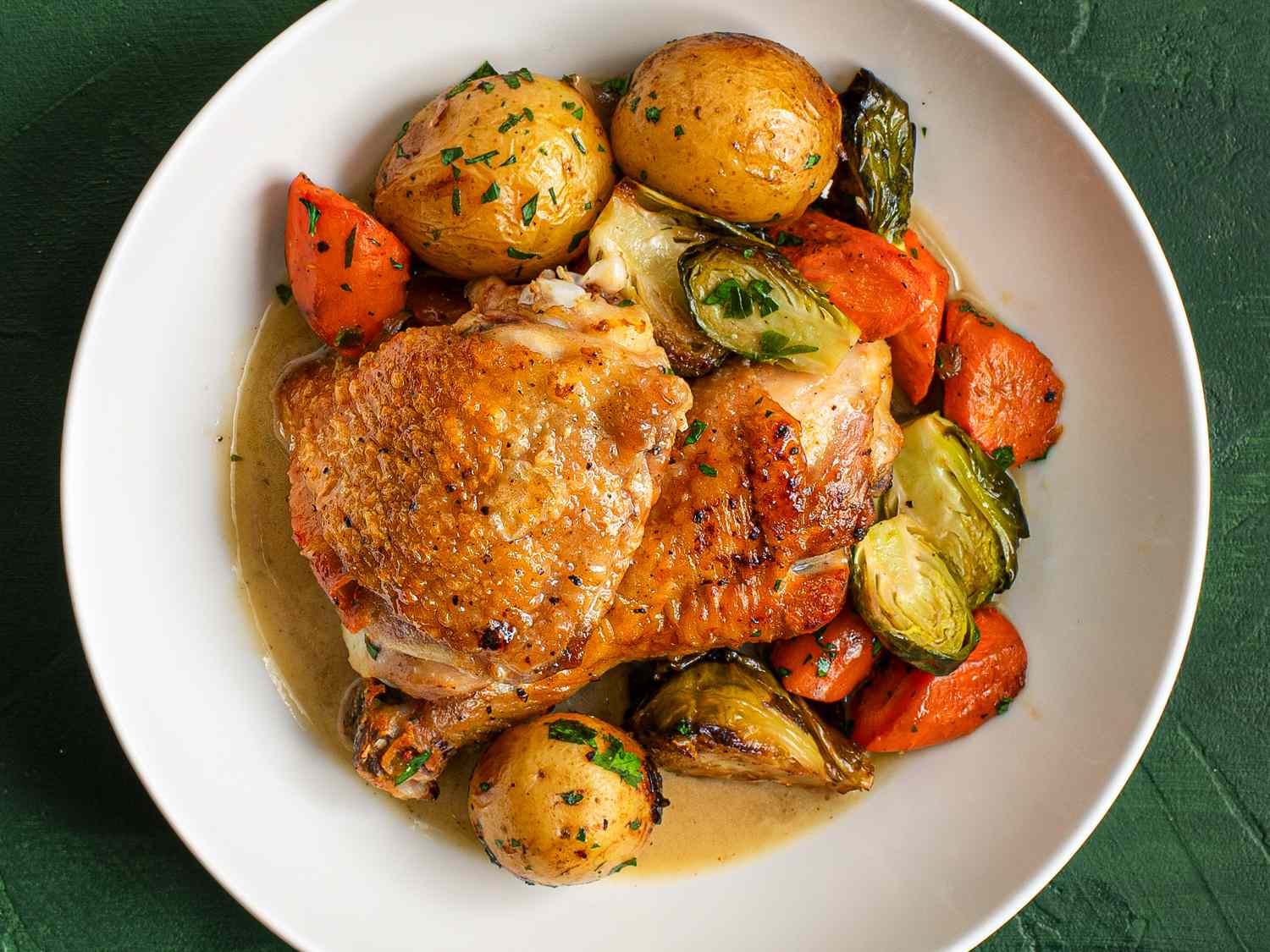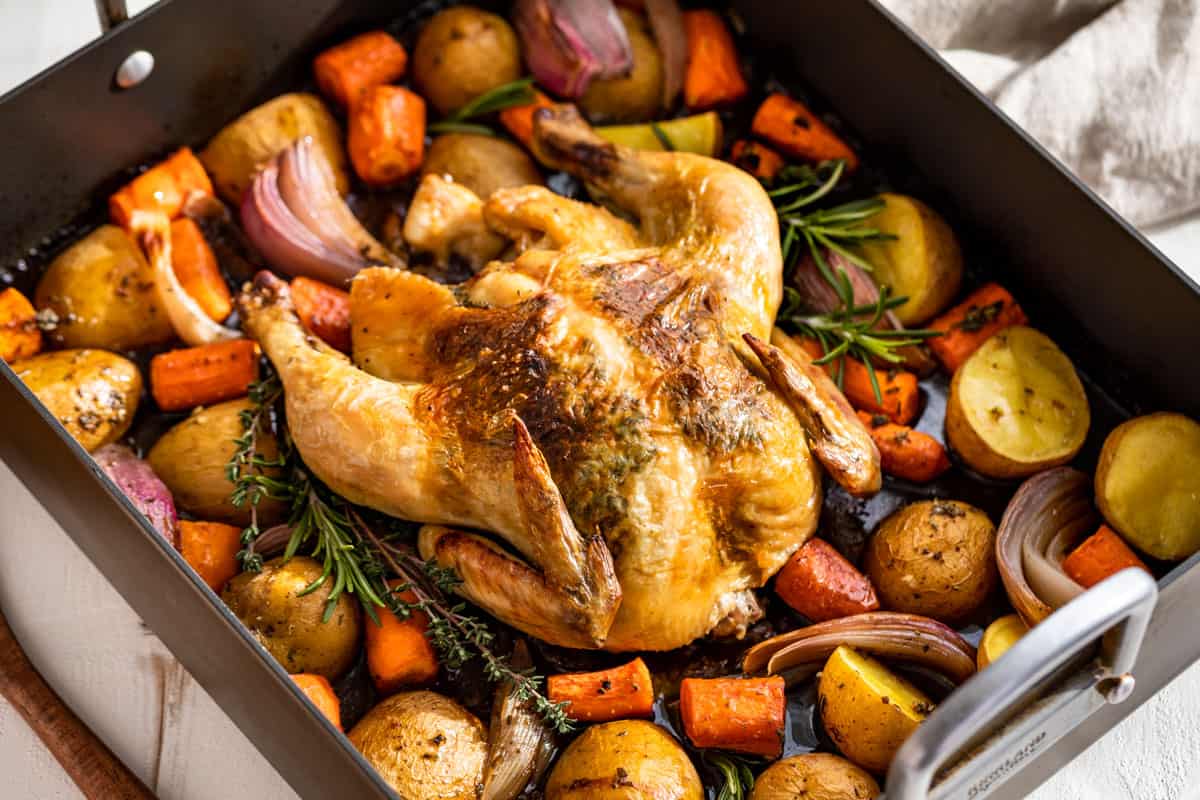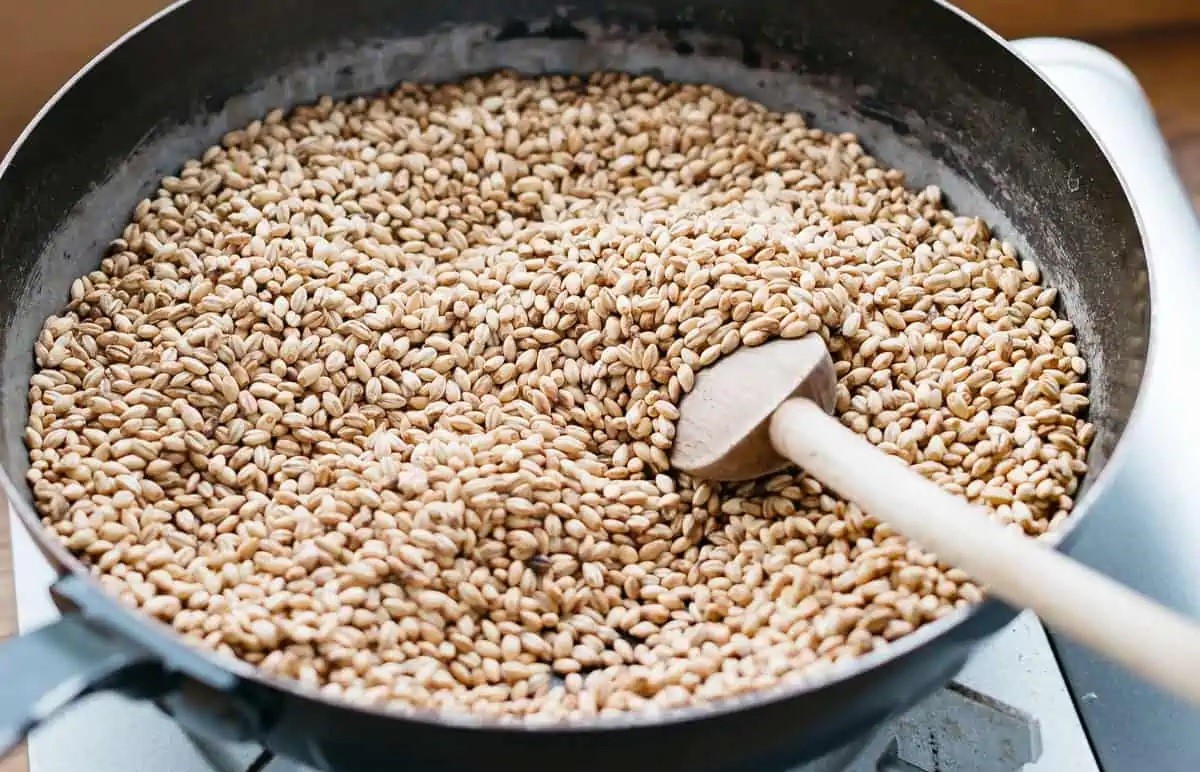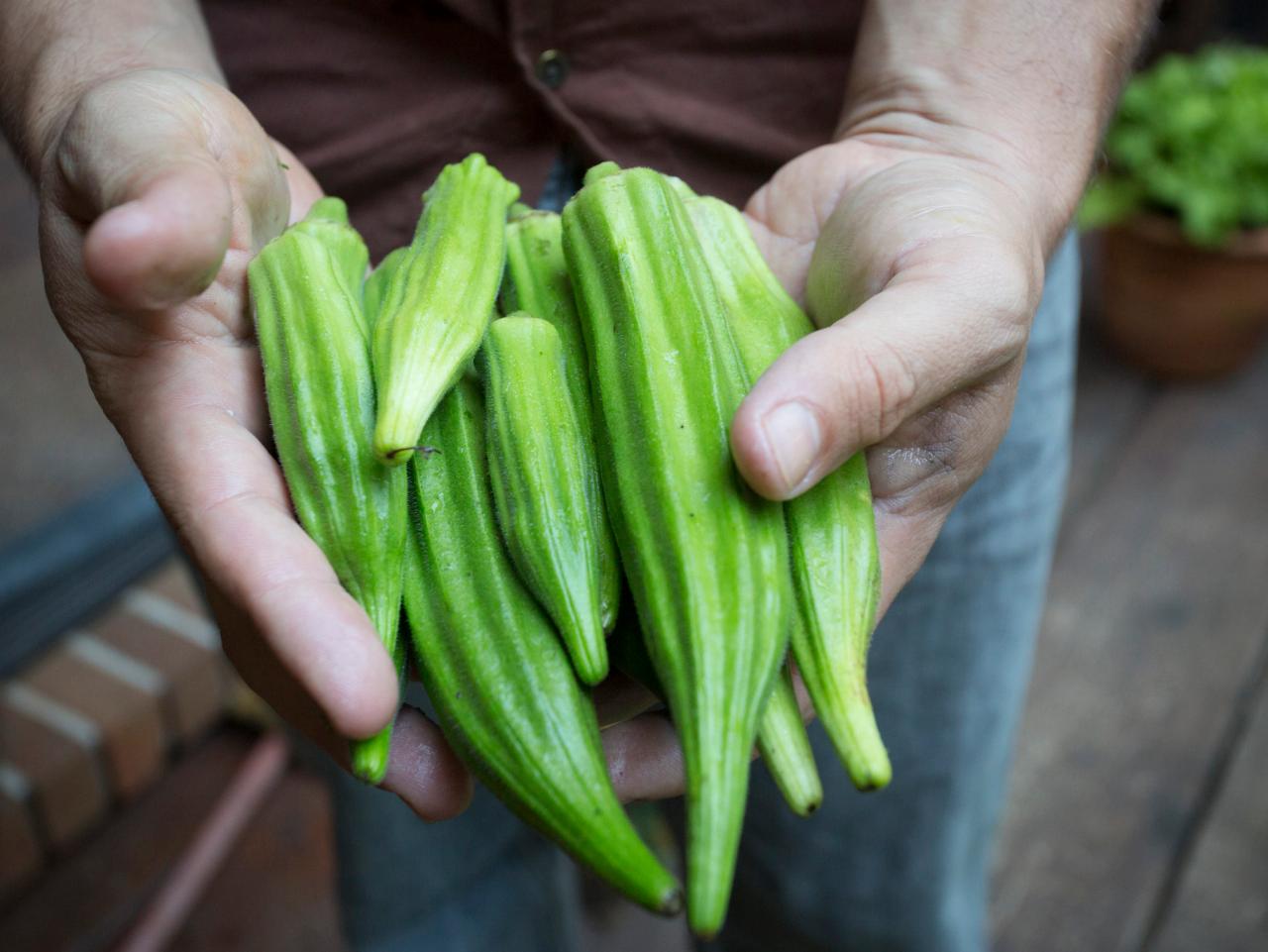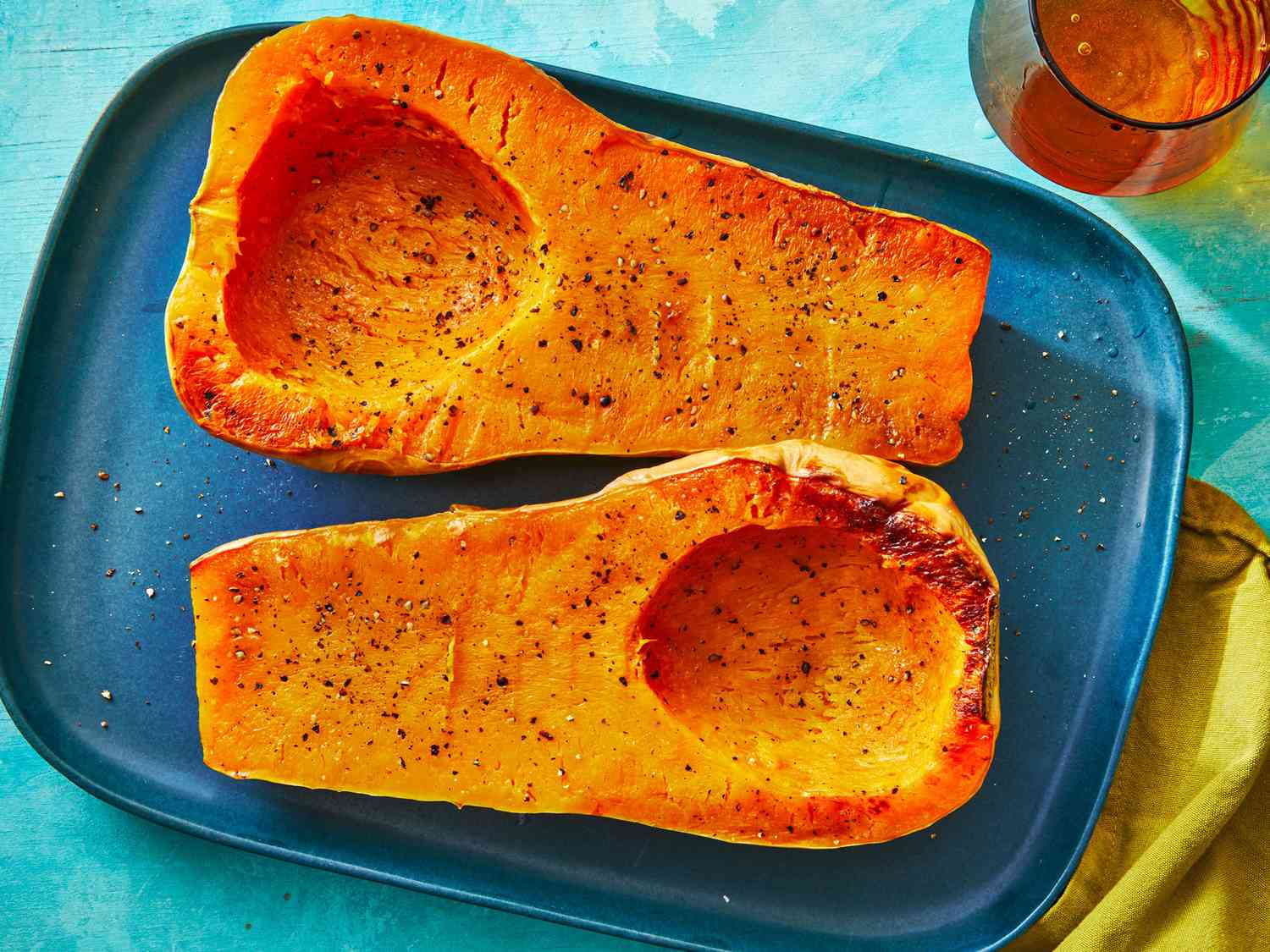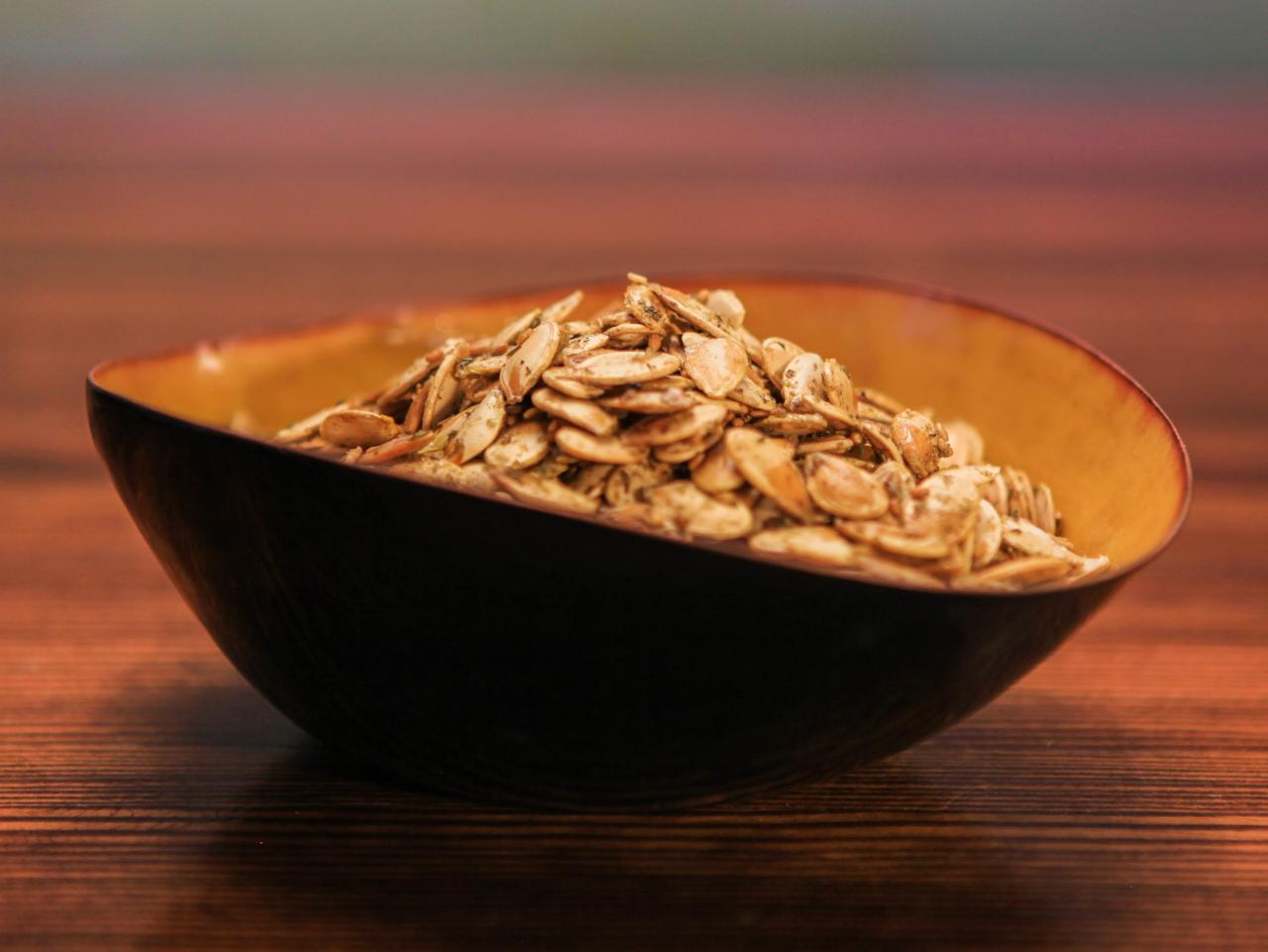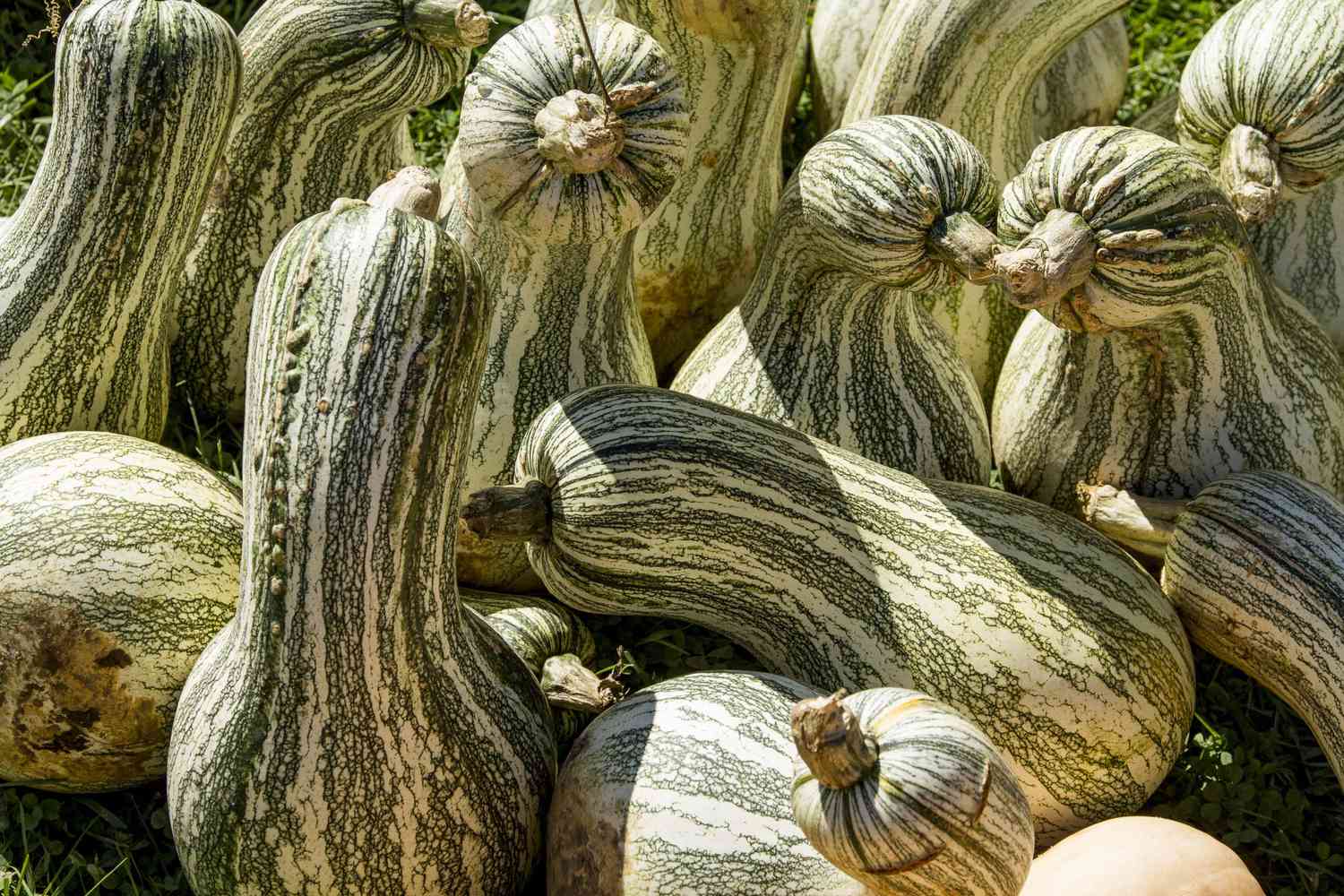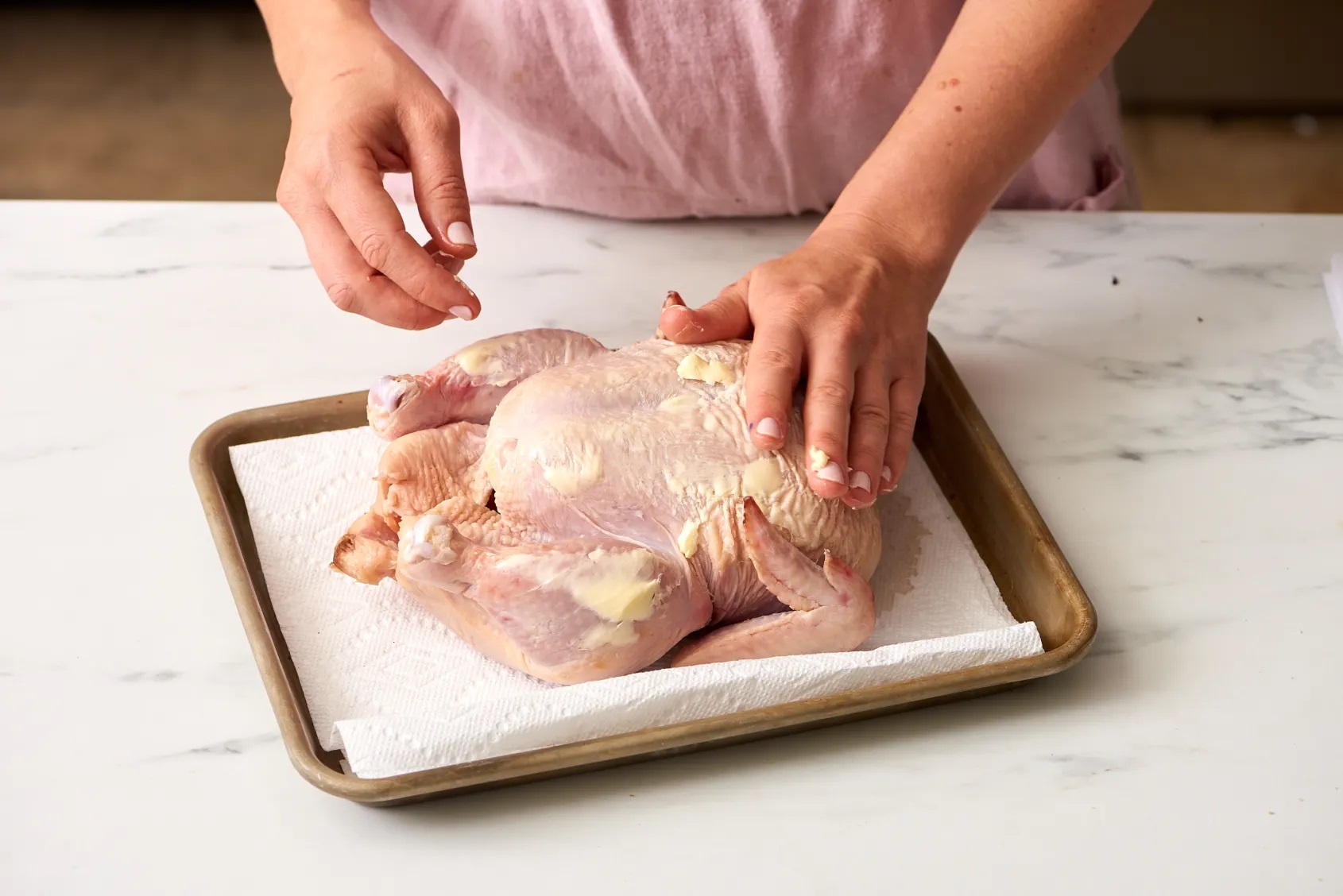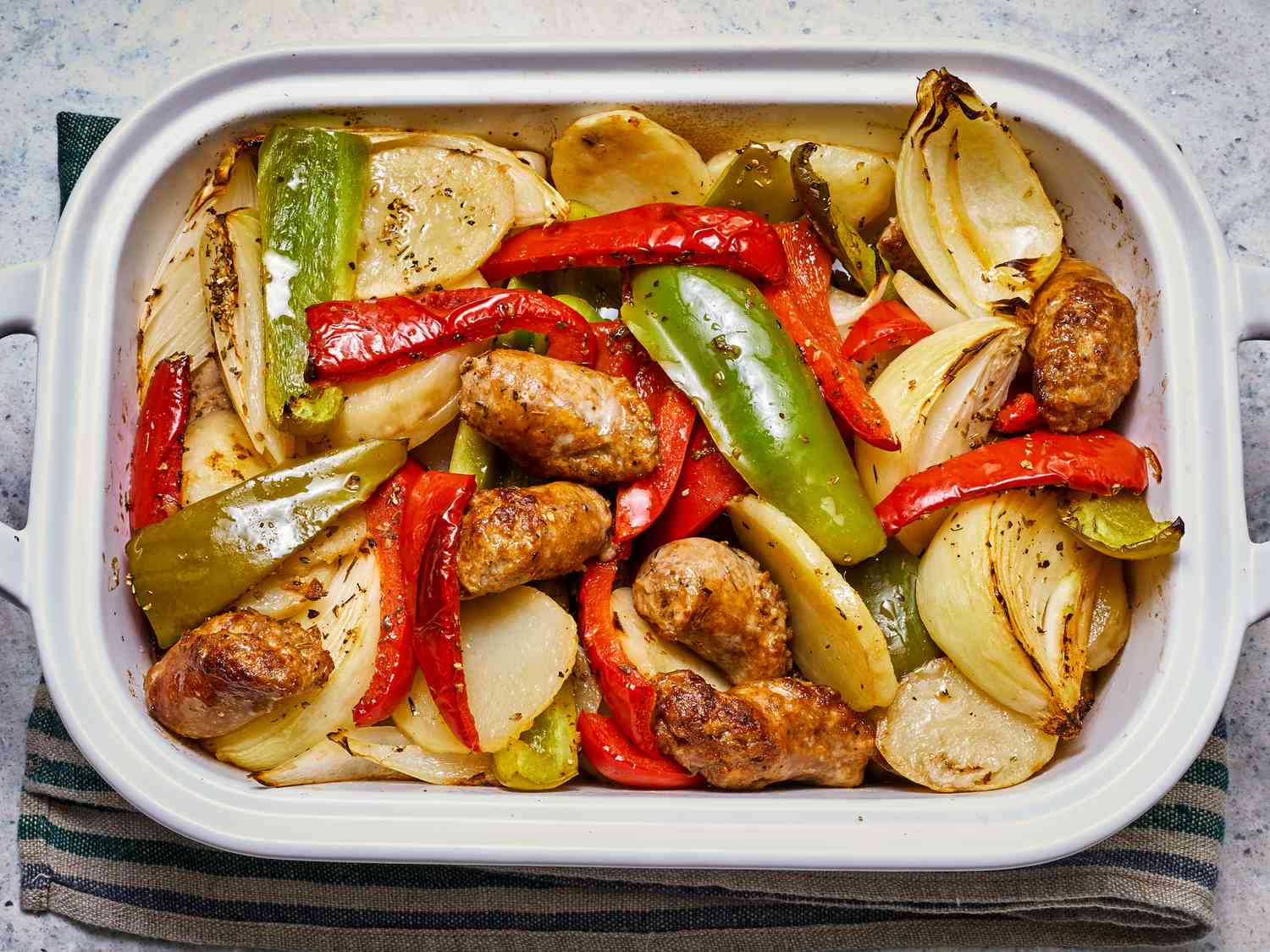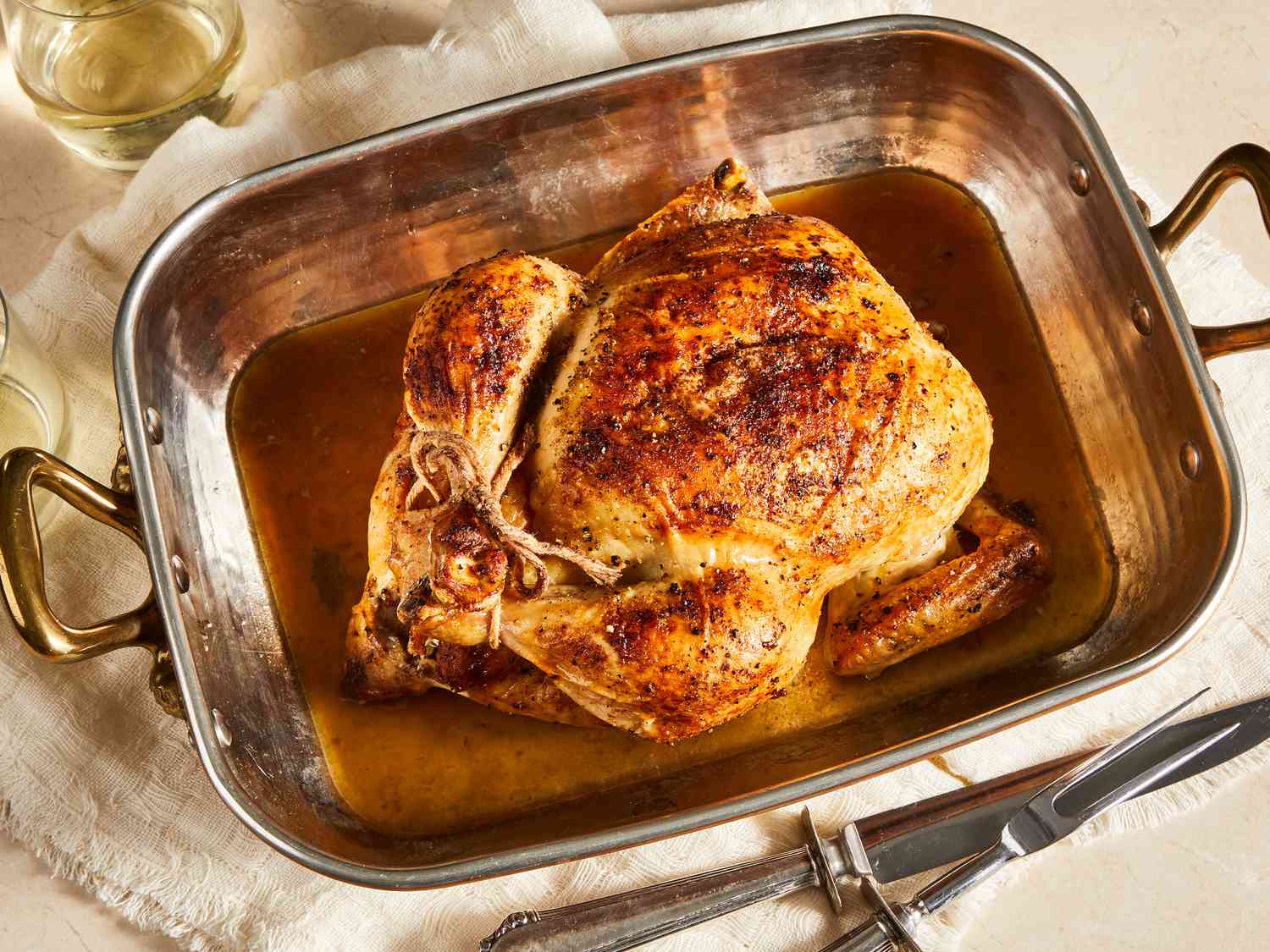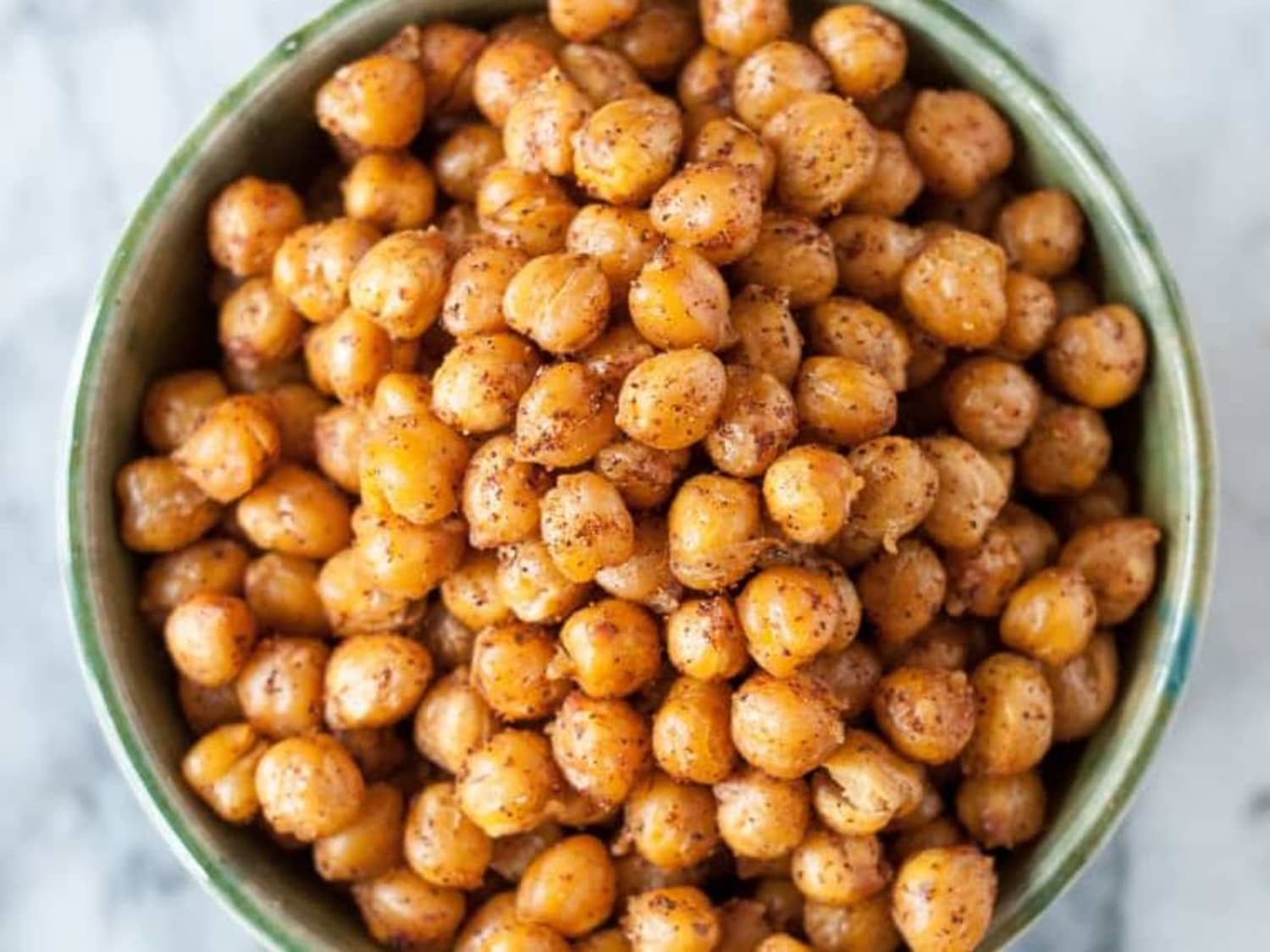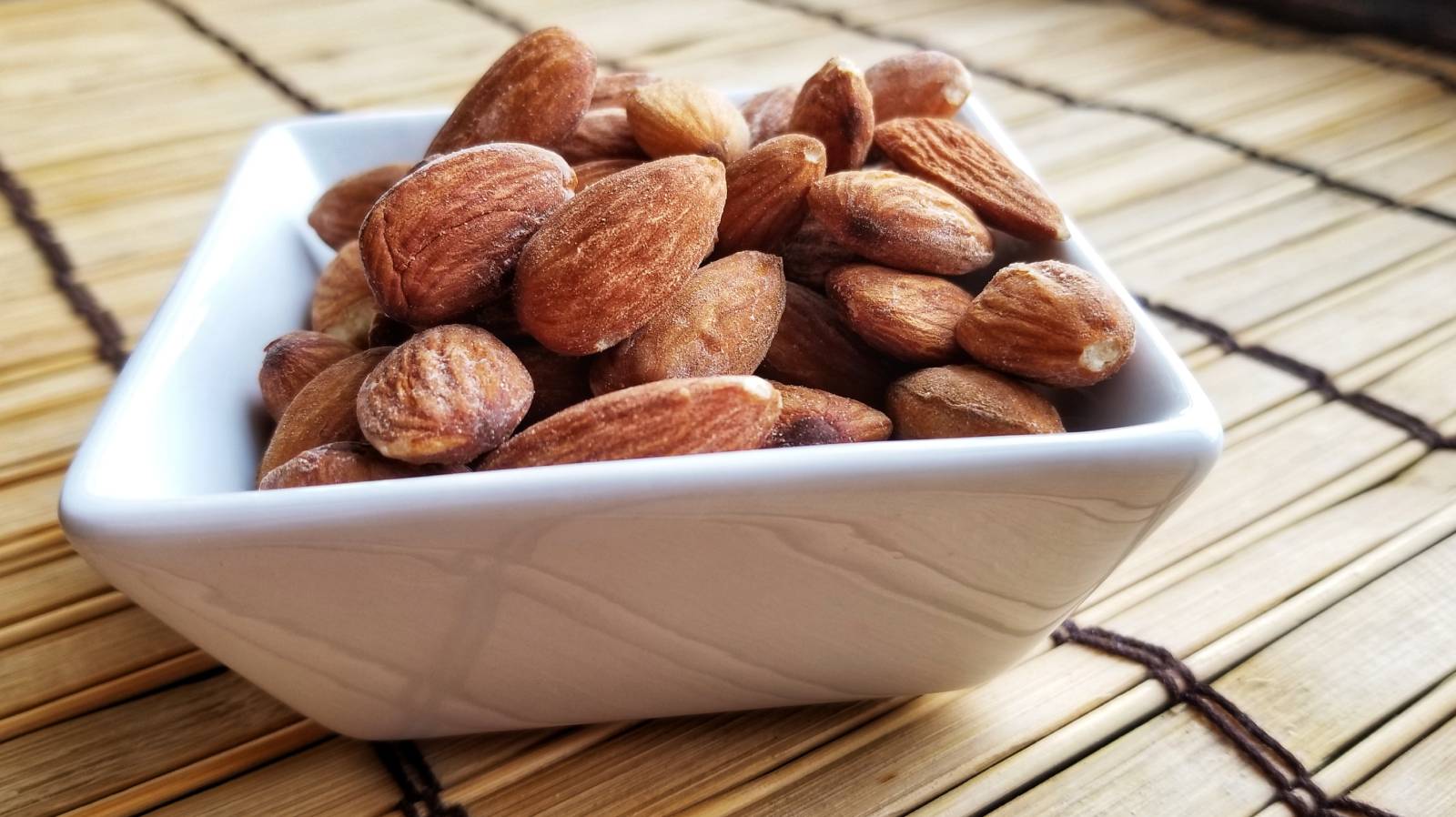Get Ready to Roast a Delicious Spatchcocked Turkey
Roasting a spatchcocked turkey is a fantastic way to achieve a juicy, flavorful bird with crispy skin. The spatchcocking technique involves removing the backbone of the turkey so that it lies flat, allowing for more even cooking. If you’re ready to take your turkey game to the next level, follow these simple steps to roast a mouthwatering spatchcocked turkey.
Ingredients You’ll Need:
- 1 whole turkey
- Olive oil
- Salt and pepper
- Herbs and spices of your choice (such as thyme, rosemary, and sage)
- Roasting pan
- Meat thermometer
Step 1: Prepare the Turkey
Start by laying the turkey breast-side down on a clean, sturdy surface. Use a pair of kitchen shears to carefully cut along both sides of the backbone and remove it. Once the backbone is removed, flip the turkey over and press down firmly on the breastbone to flatten the bird. Tuck the wingtips behind the turkey’s back to prevent them from burning during roasting.
Step 2: Season the Turkey
Drizzle the turkey with olive oil and use your hands to rub it all over the skin. Season the turkey generously with salt, pepper, and your choice of herbs and spices. Don’t be afraid to get creative with your seasoning – this is your chance to infuse the turkey with delicious flavors.
Step 3: Preheat the Oven
Preheat your oven to 425°F (220°C). While the oven is heating up, place the seasoned spatchcocked turkey on a roasting pan, making sure it’s lying flat and the skin is facing up.
Step 4: Roast the Turkey
Place the roasting pan in the preheated oven and roast the turkey for about 1.5 to 2 hours, or until the internal temperature reaches 165°F (75°C) in the thickest part of the bird. Remember to baste the turkey with pan juices every 30 minutes to keep it moist and flavorful.
Step 5: Let the Turkey Rest
Once the turkey is beautifully golden brown and cooked to perfection, carefully remove it from the oven and transfer it to a cutting board. Allow the turkey to rest for 15-20 minutes before carving. This resting period allows the juices to redistribute, ensuring a moist and tender bird.
Step 6: Carve and Enjoy
Use a sharp knife to carve the spatchcocked turkey into slices, and serve it alongside your favorite sides and gravy. Your guests will be impressed by the juicy, flavorful meat and the crispy, golden skin of your roasted spatchcocked turkey.
Now that you know how to roast a spatchcocked turkey, it’s time to gather your ingredients and give it a try. Whether it’s for a holiday feast or a special occasion, this cooking method is sure to elevate your turkey game and impress your guests.
Happy roasting!
Was this page helpful?
Read Next: How To Roast Spicy Nuts
